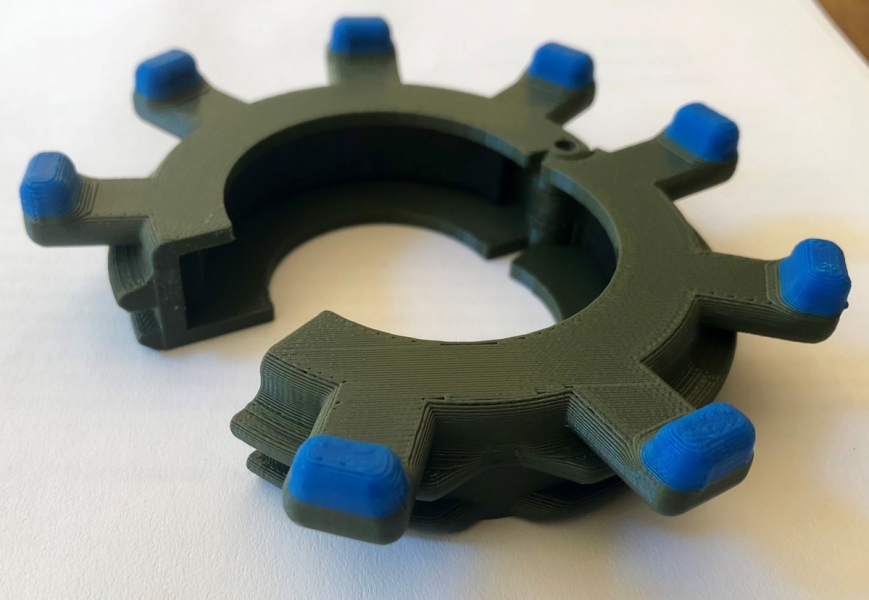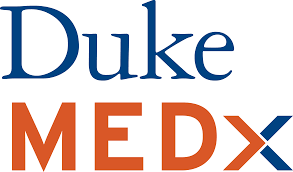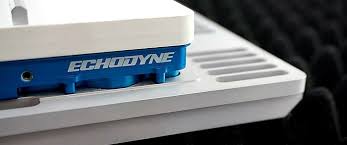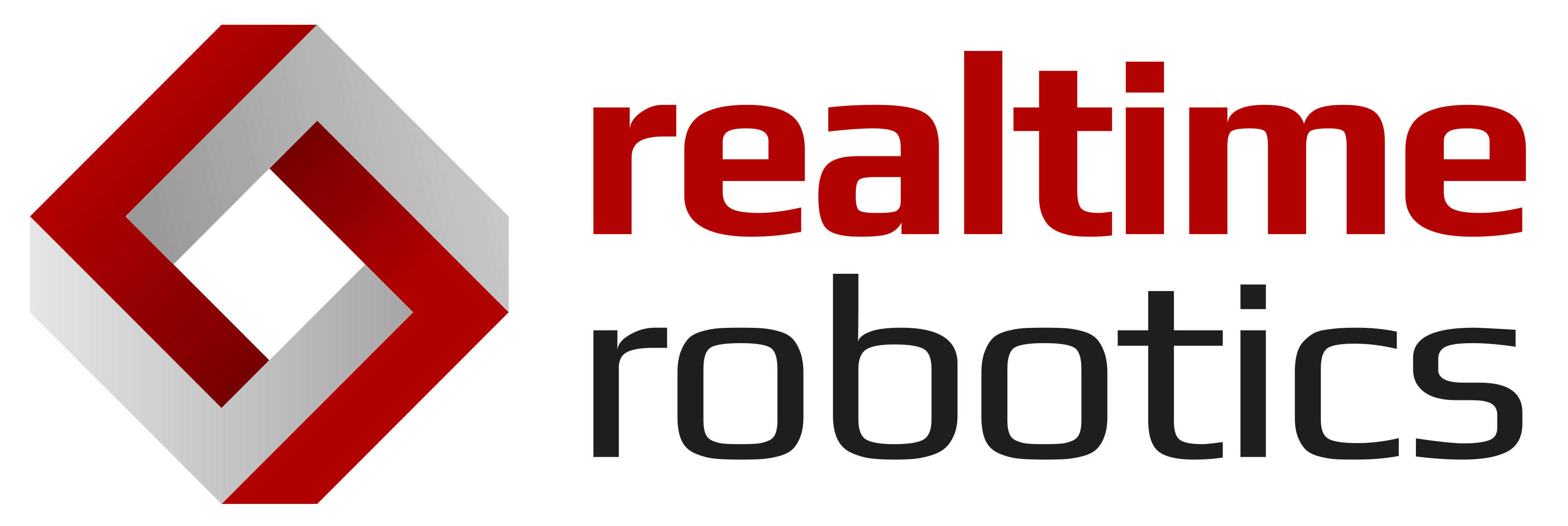Venture Day Showcased 8 Duke Start-ups in Biotech & Therapeutics
On Wednesday, May 1st, over a dozen venture capital firms gathered for the first Duke Venture Day at the newly refurbished Chesterfield Building in downtown Durham.
 The day-long event showcased therapeutic innovations currently coming out of Duke. This year’s goal was to engage the venture investing community in the drug and biotech arena to advance fundable ideas and develop deeper connections with Durham.
The day-long event showcased therapeutic innovations currently coming out of Duke. This year’s goal was to engage the venture investing community in the drug and biotech arena to advance fundable ideas and develop deeper connections with Durham.
“What we’re seeing is more and more biotech investors interested in exploring outside the traditional biotech hubs of Boston and the Bay Area,” said Rob Hallford, Director of Duke New Ventures. “Duke Venture Day is about raising the profile of not just Duke spin-outs, but the Triangle in general as a place to find exciting new companies and put capital to work.”
Eight Duke start-up investment opportunities were presented at the Venture Day–from highly targeted radiotherapy for brain metastasis to therapies for ocular graft-versus-host disease.
As a former cigarette factory turned medical and engineering research lab, The Chesterfield set the stage to promote Durham’s transformation from a tobacco town to an innovation hub. Additionally, with a fishbowl-like view right off the open atrium, the NC Biolabs easily elucidated how its shared lab facilities can help launch a newly formed start-up from just a single bench.

The Biolabs currently has 36 start-ups working in the shared lab space, 15 of them are Duke newcos. An early tenant and Duke spinout, Element Genomics, has already had a successful exit, having been acquired by UCB for $30 million.
Entrepreneur turned venture capitalist, Clay Thorp from Hatteras Venture Partners was on hand to moderate a panel on Doing Biotech Business in North Carolina. Panelists included Mark Velleca from G1 Therapeutics, Meg Booth Powell from TARGET Pharmasolutions, and Matt Kane from Duke start-up Precision Biosciences.

“I firmly believe that Durham’s unique combination of a highly skilled community and relatively low cost of doing business, makes it the ideal place to start and build a biotechnology company,” said Matt Kane, CEO and co-founder of Precision Biosciences.
Precision, a genome editing company dedicated to improving life through its proprietary ARCUS genome editing platform located in downtown Durham, recently went public last month raising over $145M.
MEET THE FEATURED INNOVATORS
Each of the presenting start-up companies had the opportunity to speak in front of venture capitals, both local and from as far north as Boston.
Cereius , which aims to improve the lives and survival of patients facing solid tumor brain metastasis through the use of personalized and highly targeted radiotherapy, was presented by Michael Zalutsky, Professor of Neuro-Oncology Research and a Professor in the Departments of Radiology, Radiation Oncology, Pathology and Biomedical Engineering
, which aims to improve the lives and survival of patients facing solid tumor brain metastasis through the use of personalized and highly targeted radiotherapy, was presented by Michael Zalutsky, Professor of Neuro-Oncology Research and a Professor in the Departments of Radiology, Radiation Oncology, Pathology and Biomedical Engineering
Gavil án Biodesign, founded out of Bruce Donald’s laboratory in Computer Science, Chemistry, and Biochemistry, was recently selected as one of 11 early-stage biotech companies at the Silicon Valley biotech accelerator, IndieBio. Their technology combines state of the art physics-based modeling with a unique high accuracy AI platform to computationally screen trillions of molecules in order to find therapeutics that can overcome resistance.
án Biodesign, founded out of Bruce Donald’s laboratory in Computer Science, Chemistry, and Biochemistry, was recently selected as one of 11 early-stage biotech companies at the Silicon Valley biotech accelerator, IndieBio. Their technology combines state of the art physics-based modeling with a unique high accuracy AI platform to computationally screen trillions of molecules in order to find therapeutics that can overcome resistance.
Tellus Therapeutics , founded by neonatologist Eric Benner, is developing novel small molecules derived from human maternal breast milk demonstrated to induce regeneration of myelin-producing oligodendrocytes and reverse white matter injury in animal models of perinatal brain injury.
, founded by neonatologist Eric Benner, is developing novel small molecules derived from human maternal breast milk demonstrated to induce regeneration of myelin-producing oligodendrocytes and reverse white matter injury in animal models of perinatal brain injury.
Cellective BioTherapy , founded by veteran entrepreneur and noted immunologist Tomas Tedder, is developing first-in-class regulatory B10 cell-based immunotherapies for treating cancers, autoimmunity, and immunodeficiency that can either enhance or inhibit immune responses as needed for disease treatment.
, founded by veteran entrepreneur and noted immunologist Tomas Tedder, is developing first-in-class regulatory B10 cell-based immunotherapies for treating cancers, autoimmunity, and immunodeficiency that can either enhance or inhibit immune responses as needed for disease treatment.
 Sisu Pharma, Inc. recently founded by Dennis Thiele, Professor of Molecular Genetics & Microbiology and Jiaoti Huang, Chair for the School of Medicine’s Department of Pathology, is developing drugs against a new target to treat prostate cancer in patients who have exhausted all therapeutic options.
Sisu Pharma, Inc. recently founded by Dennis Thiele, Professor of Molecular Genetics & Microbiology and Jiaoti Huang, Chair for the School of Medicine’s Department of Pathology, is developing drugs against a new target to treat prostate cancer in patients who have exhausted all therapeutic options.
 Mastezellen Bio, Inc., started by fellow pathologists, Herman Staats and Soman Abraham, is developing novel therapeutics to inhibit mast cell activation, potent proinflammatory cells that cause symptoms of allergy and anaphylaxis in a wide range of disease states such as adverse drug reactions, food allergy, mastocytosis, and seasonal rhinitis.
Mastezellen Bio, Inc., started by fellow pathologists, Herman Staats and Soman Abraham, is developing novel therapeutics to inhibit mast cell activation, potent proinflammatory cells that cause symptoms of allergy and anaphylaxis in a wide range of disease states such as adverse drug reactions, food allergy, mastocytosis, and seasonal rhinitis.
 Basking Bio, founded by endovascular neurosurgeon and research scientist, Shai Nimjee, is developing a drug-antidote pair for treatment of patients with ischemic stroke using technologies founded out of Duke Professor of Surgery, Bruce Sullenger’s Cardiovascular Biology Lab.
Basking Bio, founded by endovascular neurosurgeon and research scientist, Shai Nimjee, is developing a drug-antidote pair for treatment of patients with ischemic stroke using technologies founded out of Duke Professor of Surgery, Bruce Sullenger’s Cardiovascular Biology Lab.
 Pulsar Life Sciences is another company started by ophthalmologist Scott Cousins developing an eye drop formulation for the treatment of inflammatory dry eye disease, including ocular graft versus host disease that occurs after hematopoietic stem cell transplantation.
Pulsar Life Sciences is another company started by ophthalmologist Scott Cousins developing an eye drop formulation for the treatment of inflammatory dry eye disease, including ocular graft versus host disease that occurs after hematopoietic stem cell transplantation.




















